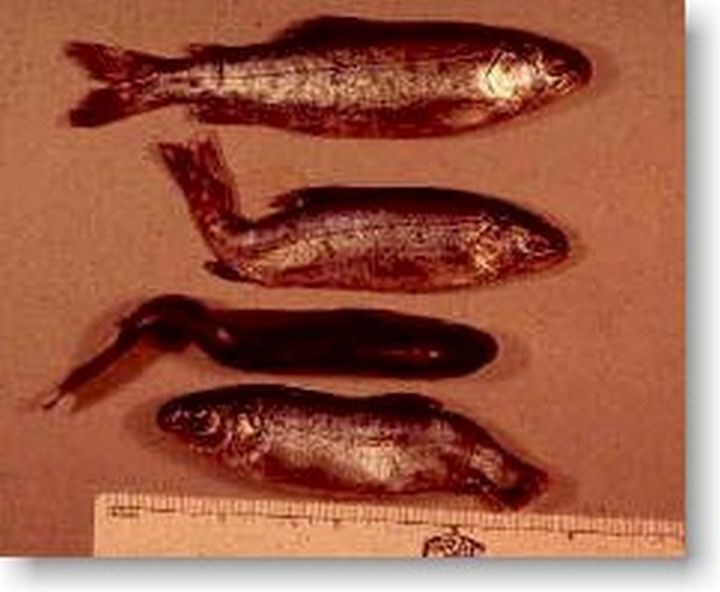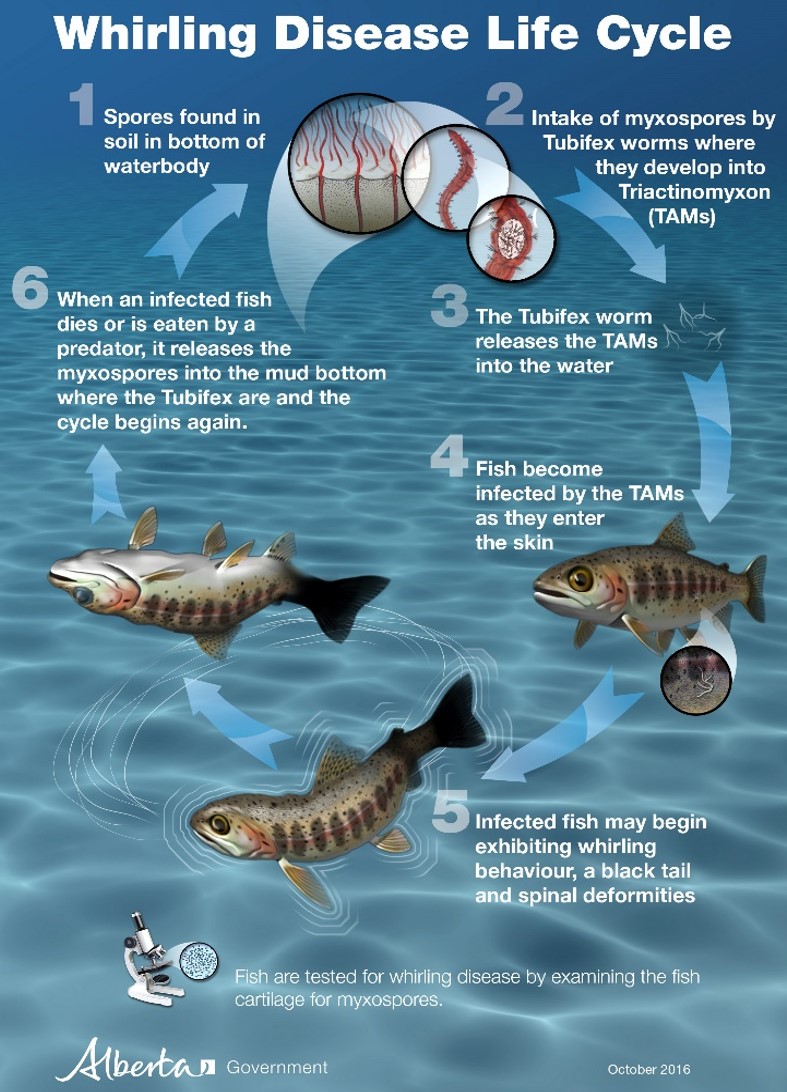Parks Canada has taken a dramatic step in the war against whirling disease by partially draining Johnson Lake in Alberta.

SEE BELOW: The difference in Johnson Lake from October 2019 with low water levels to normal in September 2016.
They are lowering the reservoir water levels in efforts to eliminate the parasite and save endangered trout in the area.
Johnson Lake is currently closed to the public and will remain off-limits until May of next year while work is being done.
Bill Hunt, Banff’s resource conservation manager, said it’s very important that the disease doesn’t move from this water body into adjacent water bodies.
Johnson Lake reservoir sits adjacent to two other water bodies that tie into some of our critical habitat for salmonid like cutthroat trout.
“This is a threatened species in Canada and these are some of the most important pure strains of Westslope Cutthroat Trout left in Banff National Park,” said Hunt.
The name whirling disease comes from the erratic swimming patterns of infected fish.
“Whirling disease doesn’t affect people and it doesn’t affect your pets,” Hunt said.
“It’s completely safe for humans and animals, but it does affect members of the salmonid family so those are trout whitefish and char.”
The disease is caused by an invasive microscopic parasite that requires a salmonid fish and aquatic-worm as hosts.
“Rainbow trout and cutthroat trout can have up to 90 per cent mortality at the juvenile stage if they’re infected.” said Jon Mee, a professor of biology at Mount Royal University.
“It’s very bad for these fish and can cause serious declines in population”
The first case in Canada was discovered in the reservoir near Banff back in 2016 and has since been confirmed in other Alberta creeks and rivers.
- Bow River
- North Saskatchewan River
- Oldman River
- Red Deer River
It affects several trout species, including cutthroat and bull trout which are both threatened species.
Crews have removed most of the fish from the lake, and are lowering the water level as a final step.
With no fish in the lake – officials are confident the parasite in Johnson Lake will die off within the next few years but are still asking people to help in the fight.
“Clean, drain and dry are the three key messages,” said Hunt.

“Clean off your gear before you bring it into a water body and clean it off as you leave a water body.”
The Parks Canada website provides more information on how we can avoid the spread of aquatic invasive species, such as zebra or quagga mussels, from one water body to another.









Comments